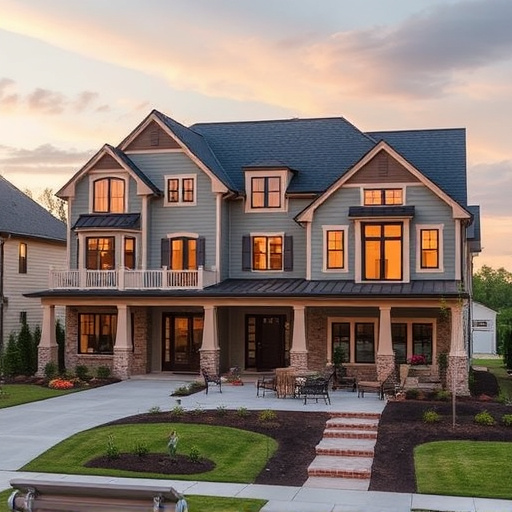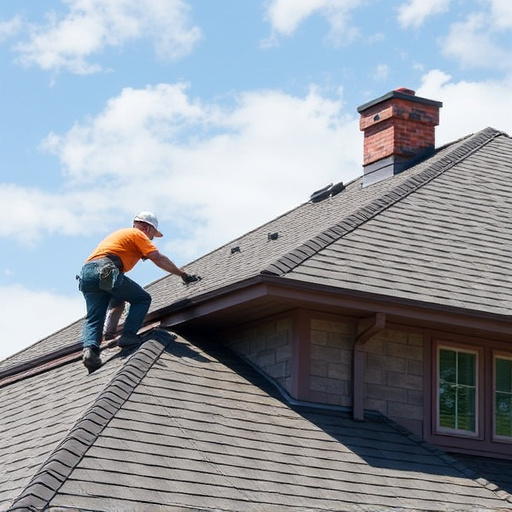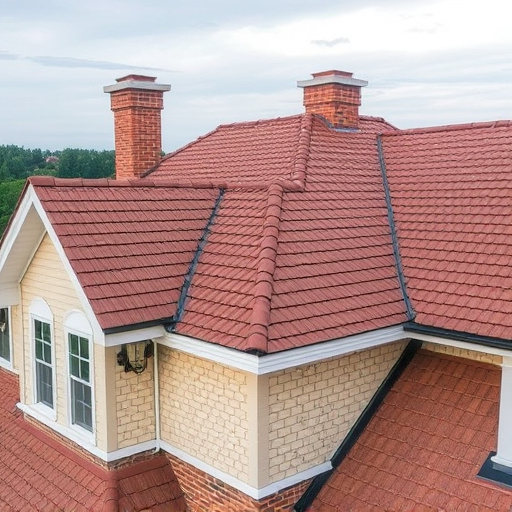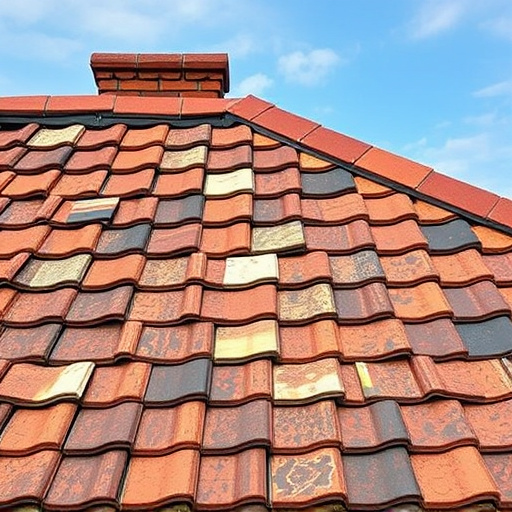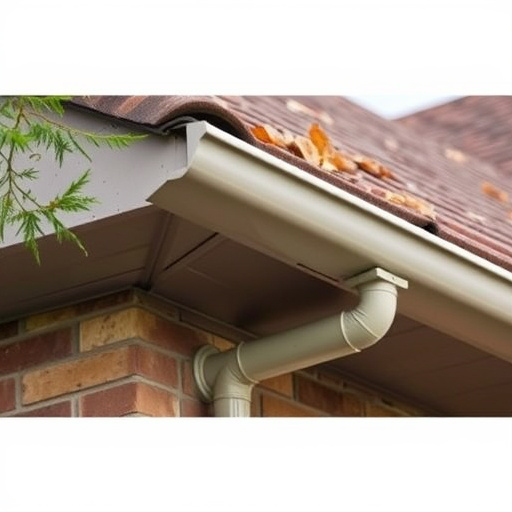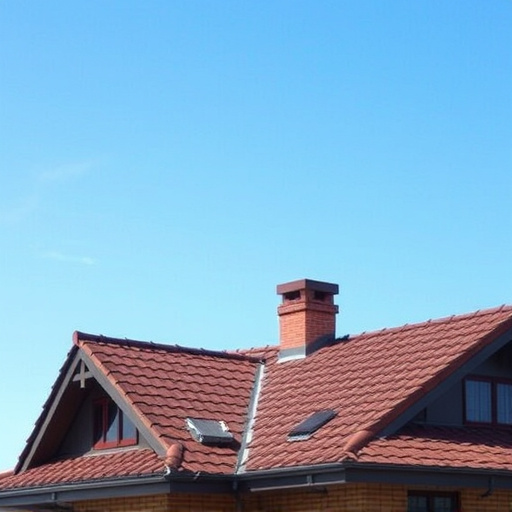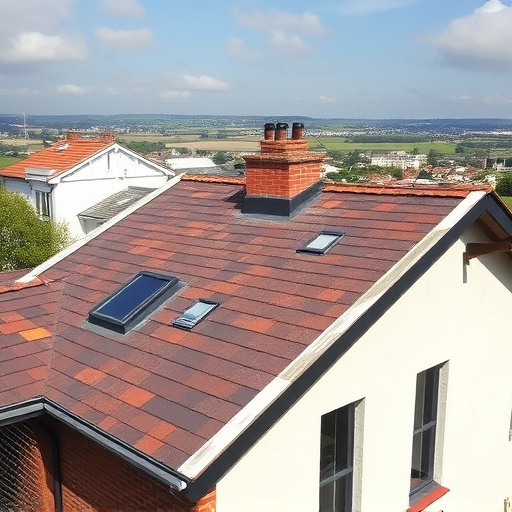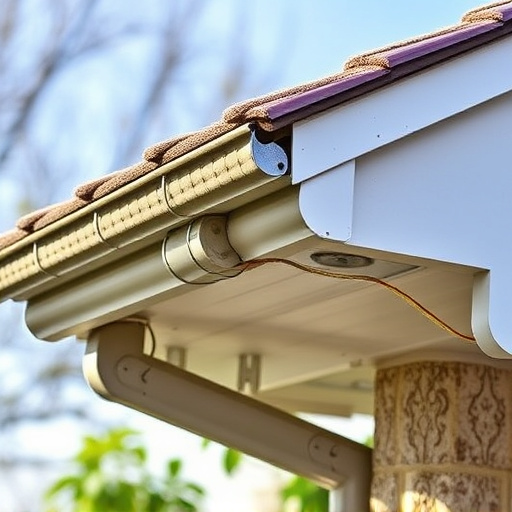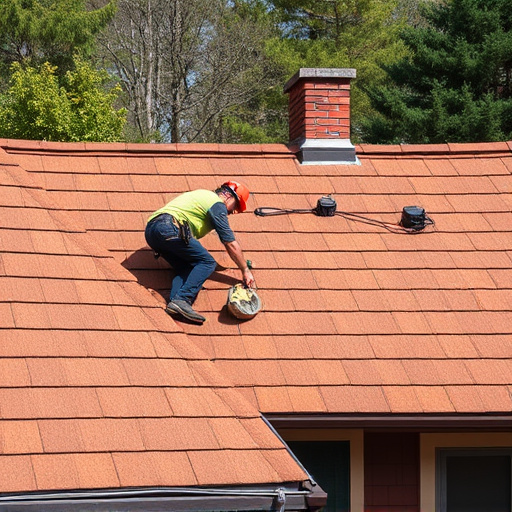Evaluating compatibility is crucial when installing new siding over existing layers. Homeowners should consider roofing and underlayment condition, material types, and a thorough inspection by professionals to identify and resolve underlying issues. While offering cost-effective and time-saving benefits, this method may not be suitable for all homes or situations, requiring proper preparation and securing old layers. A systematic approach including exterior inspection, compatibility assessment, and professional roof evaluation ensures a seamless finish, boosts curb appeal, and protects the home from environmental damage during a siding install.
Considering installing new siding over existing layers? It might seem like a quick fix, but it’s crucial to evaluate compatibility first. Existing layers matter; they can impact the success and longevity of your siding project. This article breaks down the pros and cons of overlapping installation, providing expert tips for a successful siding install despite underlayment. Learn why evaluating compatibility is key before diving into any siding project.
- Evaluating Compatibility: Existing Layers Matter
- Pros and Cons: Weighing the Benefits of Overlapping Installation
- Expert Tips: Successful Siding Install Despite Underlayment
Evaluating Compatibility: Existing Layers Matter
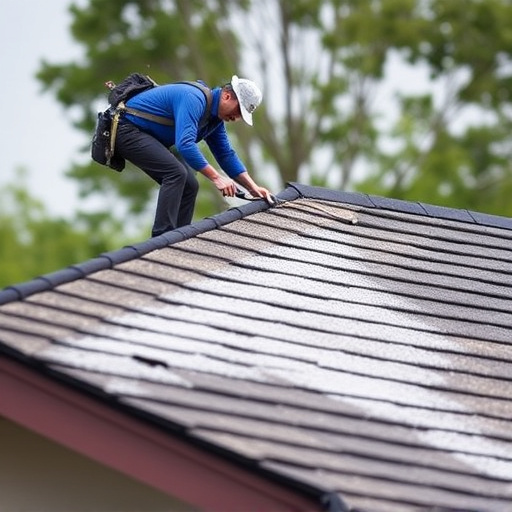
When considering installing siding over existing layers, evaluating compatibility is crucial. The success of this project hinges on understanding the interactions between the new siding and the underlying materials. Different types of siding may not play nicely together; for instance, applying new siding over poorly maintained or outdated roofing can lead to issues like moisture penetration and structural damage.
Existing layers, whether they are previous siding, roofing solutions, or even paint, play a significant role in determining the viability of a siding install. Commercial roofing, in particular, requires careful assessment due to its specialized requirements and potential for complex underlayment. Home service solutions often emphasize the importance of a thorough inspection to ensure that any underlying problems are addressed before adding another layer, ultimately saving time and costs in the long run.
Pros and Cons: Weighing the Benefits of Overlapping Installation
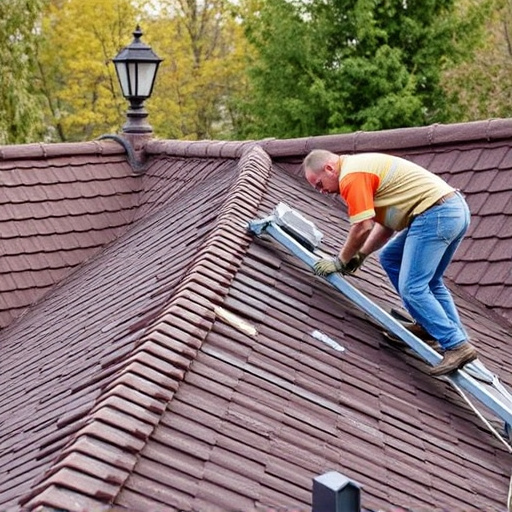
Installing siding over existing layers can be a tempting option for homeowners looking to enhance their exterior home improvements without starting from scratch. There are several advantages to this method, primarily cost-effectiveness and time efficiency. By avoiding complete removal of the old siding and underlayment, the process is faster and less disruptive. This approach also ensures that your home’s structural integrity remains intact, as removing layers can sometimes lead to unforeseen issues with the roofing services or foundation.
However, there are potential drawbacks to consider. Overlapping installation might not be suitable for all types of siding materials or existing structures. If the old layers aren’t properly prepared or secured, the new siding could end up with visible gaps or uneven surfaces. Moreover, if your home requires extensive repairs or has complex roofing and gutter systems, this method may not be practical, as it could compromise the overall quality of the exterior renovation.
Expert Tips: Successful Siding Install Despite Underlayment
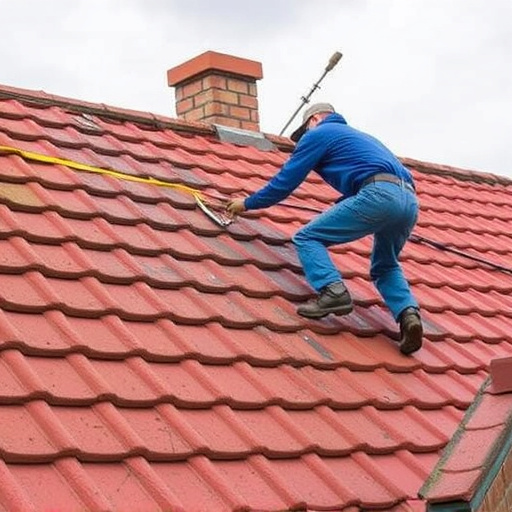
When considering a siding install over existing layers, experts recommend a systematic approach to ensure success. Despite the presence of underlayment, proper preparation is key. Start by thoroughly inspecting the current state of your home’s exterior, identifying any potential issues like rot, damage, or loose boards that might affect the new siding. Addressing these problems beforehand saves time and effort during installation.
Next, assess the compatibility of the existing underlayment with the new siding material. While some materials can be directly applied over old underlayment, others may require removal for optimal results. For roofing and siding repairs, consider hiring a professional to evaluate the condition of your roof, ensuring it’s in good shape before adding new siding. This step prevents future complications and guarantees a seamless finish, enhancing your home’s curb appeal and protecting it from the elements.
Installing siding over existing layers can be a viable option, offering both benefits and challenges. By carefully evaluating compatibility and considering expert tips, you can successfully update your home’s exterior. Weighing the pros and cons will help determine if this approach is the right fit for your specific situation. When it comes to siding install, understanding these factors ensures a lasting, attractive result.
